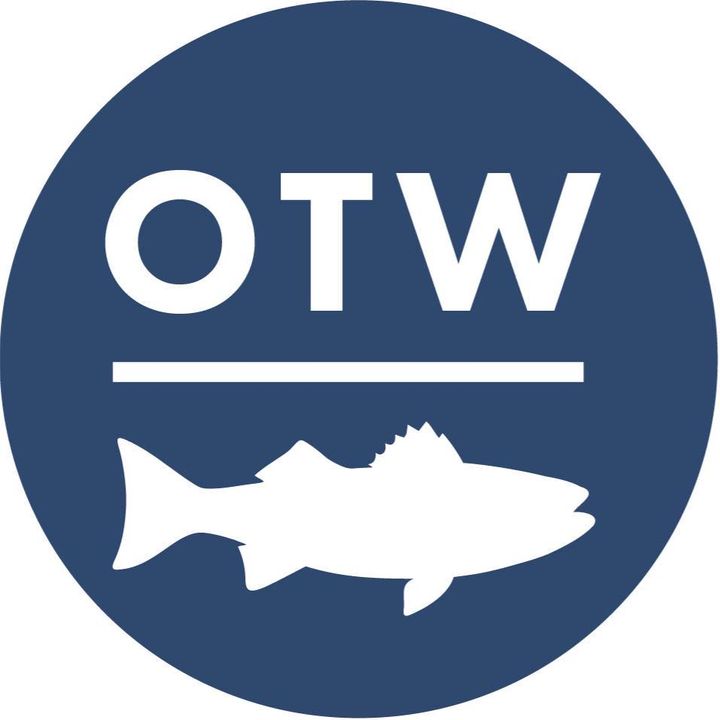



As we turn the page on spring and look toward summer, many anglers are beginning to refocus their gaze offshore in eager anticipation of runs to the edge to tangle with tuna, marlin, mahi mahi, and other pelagic visitors. For some, the allure of deepwater bottom fish is an equal or even greater draw, with golden and blueline tilefish topping the list. For others, these tasty groundskeepers offer a welcome pit stop for “groceries” or a bailout “Plan B” if the pelagics are less than accommodating.

Regardless of motivation, from Massachusetts to Virginia the recreational sector is thought to represent a good-sized chunk of overall tilefish harvest. However, NOAA Fisheries’ primary tool for assessing recreational catch, the Marine Recreational Information Program (MRIP), has had difficulty in developing high-precision estimates for both tilefish species, largely due to the relative rarity of tilefish trips/harvest compared to those for other species. As a result, scientists have found it difficult to utilize recreational data as an input to assess the species’ overall status. Nevertheless, such information is critical for data-poor species like tilefish, which due to their deep-water haunts aren’t typically captured using more traditional abundance estimation studies such as the annual NOAA Fisheries Bottom Trawl Survey.
To help fill this gap, in 2020 the Mid-Atlantic Fishery Management Council, which manages both tilefish species from Virginia northward, implemented a mandatory permitting and reporting program for private tilefish anglers (and for for-hire vessels fishing privately). The annual permit, obtained at the vessel level, helps managers assess the overall “universe” of potential tilefish anglers. Trip-level reporting, meanwhile (including on trips where anglers targeted but did not catch tilefish), can be used to estimate overall fishing effort and catch in order to a) track recreational harvest and b) eventually develop a recreational fishery data stream for stock assessment purposes. Together, this information can improve the Council’s ability to effectively manage these species and help ensure the fishery’s long-term health.
To obtain the permit, visit the NOAA Fisheries Fish Online page, create an account (for-hire operators will already have done this), and obtain a Private Recreational Tilefish Permit.
Trip reporting, to be completed by the permit-holder within 24 hours of returning to port, should include information on the number of anglers, the amount of time spent fishing, and the number of golden and blueline tilefish kept and discarded, among other details. Reports can be completed and be submitted using a number of online platforms/mobile apps, many of which will already be familiar to for-hire operators. For first-time reporters, however, we recommend using the eFin Logbook app, which was developed specifically to meet the private angler tilefish reporting requirement and is available for both iOS and Android platforms.
This initiative’s success depends on widespread adoption and participation by members of the relatively small but highly dedicated recreational tilefish community. Please do your part and get involved!
More information on this initiative and detailed instructions can be found on the Mid-Atlantic Fishery Management Council’s Recreational Tilefish Permitting and Reporting page.

Stay Legal: Tilefish Regulations
Golden Tilefish
Season: No season
Bag Limit: 8 per angler per trip
Blueline Tilefish:
Season: May 15 – November 14 (pending final rule)
Bag Limit: 3 per angler per trip (private anglers); 5 per angler per trip when on a USCG uninspected for-hire vessel (e.g., charter customers); 7 per angler per trip when on a USCG inspected for-hire vessel (e.g., party boat customers)

